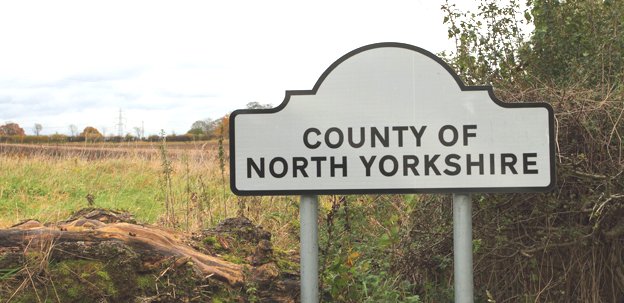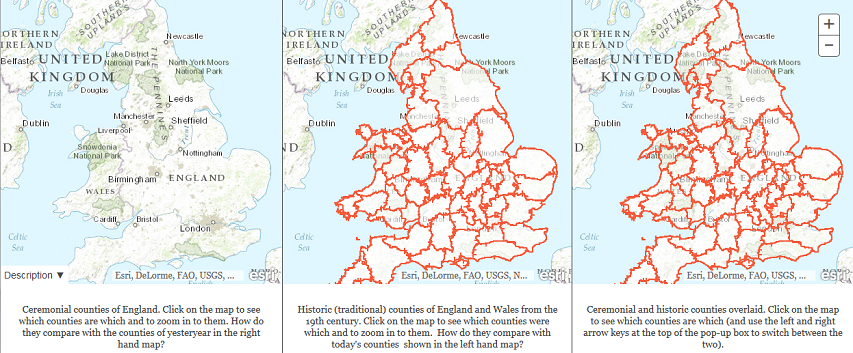Last week, the High Court decided that the remains of King Richard III will be re-buried in Leicester, not in York. As you might expect, that leaves a lot of people unhappy.
When Richard III was hacked to death in rural Leicestershire in 1485, the royal House of York fell, bringing an end to the Plantagenet line that had lasted for 16 kings and 331 years. Many people see his death as the end of the English middle ages.
Despite this country’s ancient legal system, the courts do not often get to deal with real history, although they make many historic decisions. Yet the ruling of the High Court last Friday truly made history, as three judges decided that Richard III should be buried at the scene of his violent defeat, and not in York.
One side is always unhappy after a court hearing. And in this case those who sponsored York Minster may have more to be sore about than most.
The High Court acknowledged the case has “unprecedented” and “unique and exceptional features,” but nevertheless went on to give a rather bland ruling supporting Chris Grayling’s decision to leave the matter of reburial in the hands of the University of Leicester team running the excavation. In doing so, the court treated the hearing as a straightforward matter of public law, and affirmed that the government had been under no duty to consult widely before handing the responsibility over to the University of Leicester.
[…]
History and legacy mattered to medieval monarchs. Their actions, even the less obvious ones, were intended to make statements to reinforce their dynastic power. York Minster is an ancient foundation, home to the throne of the second most senior churchman in England. There has been an Archbishop of York since at least the seventh century. For Richard, a scion of the house of York, the Minster was an obvious place to fuse the sacred and secular, binding royal and church power together in one of England’s most venerable religious buildings. By contrast, Leicester Cathedral, although a lovely building with a long tradition of worship on the site, was a parish church until 1927 when it became the city’s cathedral. Although there was a church there in Richard’s day, it does not have the dynastic associations that Richard was clearly building with York.
And there’s always the religious aspect to consider (which would have been true regardless of the High Court’s decision):
And finally, the question of the liturgy is also set to run. As the old joke goes: Q. What is the difference between a terrorist and a liturgist? A. You can reason with a terrorist. Leicester cathedral has diligently teamed up with an expert medieval musicologist, who has painstakingly uncovered and proposed the finer details of prayers and music appropriate to a 15th-century reburial. However, strong feelings which go beyond the musical arrangements have been expressed in many quarters, including in an online petition, and by Dr John Ashdown-Hill, the historian who led the excavations. These views reflect a conviction that Richard should have a Roman Catholic ceremony that respects the faith in which he grew up and died, and which is honest to what his wishes would have been. Leicester Cathedral will certainly have their hands full trying to reconcile Richard’s pre-Reformation religious beliefs with the Church of England ceremonies they are permitted to conduct.





